About Treated Corn
Fungicidal seed treatments can be classified based on movement of the seed treatment product in relation to the seed. Fungicides used as protectants (contacts) are effective only on the seed surface, providing protection against seed surface-borne pathogens and providing some level of control of soil-borne pathogens. These products generally have a relatively short residual. Protectant fungicides such as captan, maneb, thiram, or fludioxonil help control most types of soil-borne pathogens, with the exception of root-rotting organisms.¹
Treatment is Effective Against:
- Seed decay
- Damping-off
- Seedling blight
What is Captan?
Captan is a man-made fungicide used to control a range of fungal diseases. The pesticide was first registered in 1951. Captan can be used to control plant diseases such as black rot, early and late blight, and downy mildew, among others.² It is usually dyed pink and leaves a pink dust in the seed bag and planter box. It is very effective against a broad range of soil fungi.
Captan works by coming into contact with a fungus and interrupting a key process in its life cycle. It can be toxic to many different fungal diseases. Captan is non-systemic, which means it is not expected to move through plants.³
What is Thiram?
Thiram is used as a fungicide to prevent crop damage in the field and to prevent crops from deterioration in storage or transport. Thiram is also used as a seed, nut, fruit, and mushroom disinfectant from a variety of fungal diseases. In addition, it is used as an animal repellent to protect fruit trees and ornamentals from damage by rabbits, rodents, and deer. Thiram has been used in the treatment of human scabies, as a sun screen, and as a bactericide applied directly to the skin or incorporated into soap. Thiram is used as a rubber accelerator and vulcanizer and as a bacteriostat for edible oils and fats. It is also used as a rodent repellent, wood preservative, and may be used in the blending of lubricant oils.4
References
1. Byamukama, E., and C. Strunk. 2016. Chapter 49: Managing Corn Diseases with Seed Treatments. In: Clay, D.E., C.G. Carlson, S.A. Clay, and E. Byamukama (eds). iGrow Corn: Best Management Practices. South Dakota State University
2. Strid, A.; Cross, A.; Jenkins, J. 2018 Captan General Fact Sheet; National Pesticide Information Center, Oregon State University Extension Services. npic.orst.edu/factsheets/captangen.html.
3. Amendment to the 1999 Captan Reregistration Eligibility Decision (RED); U.S. Environmental Protection Agency, Office of Chemical Safety and Pollution Prevention, U.S. Government Printing Office: Washington, DC, 2004.
4. Richard P. Pohanish, in Sittig’s Handbook of Pesticides and Agricultural Chemicals (Second Edition), 2015

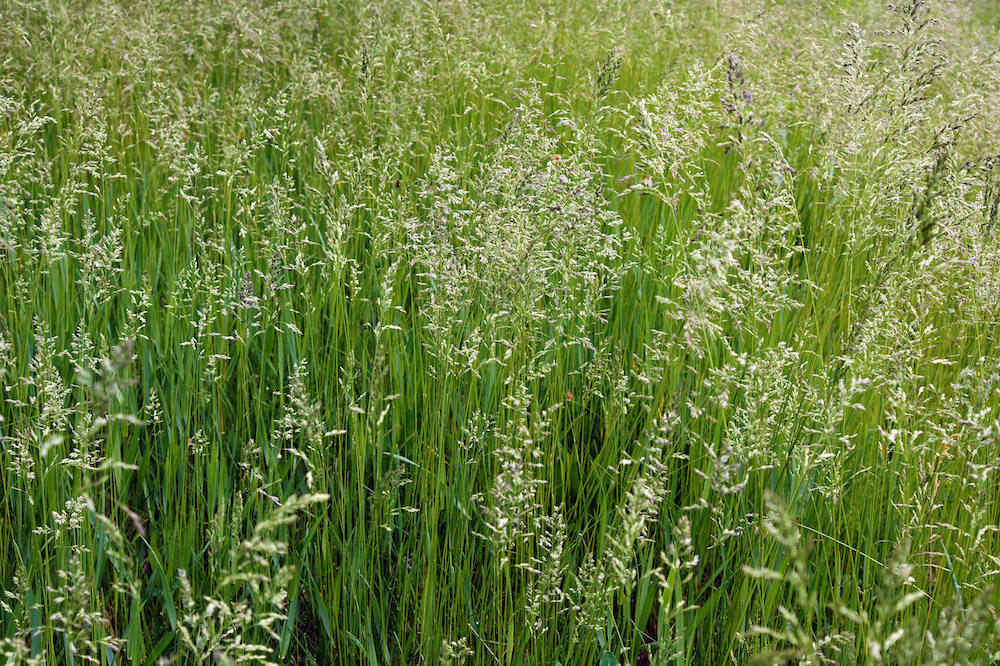


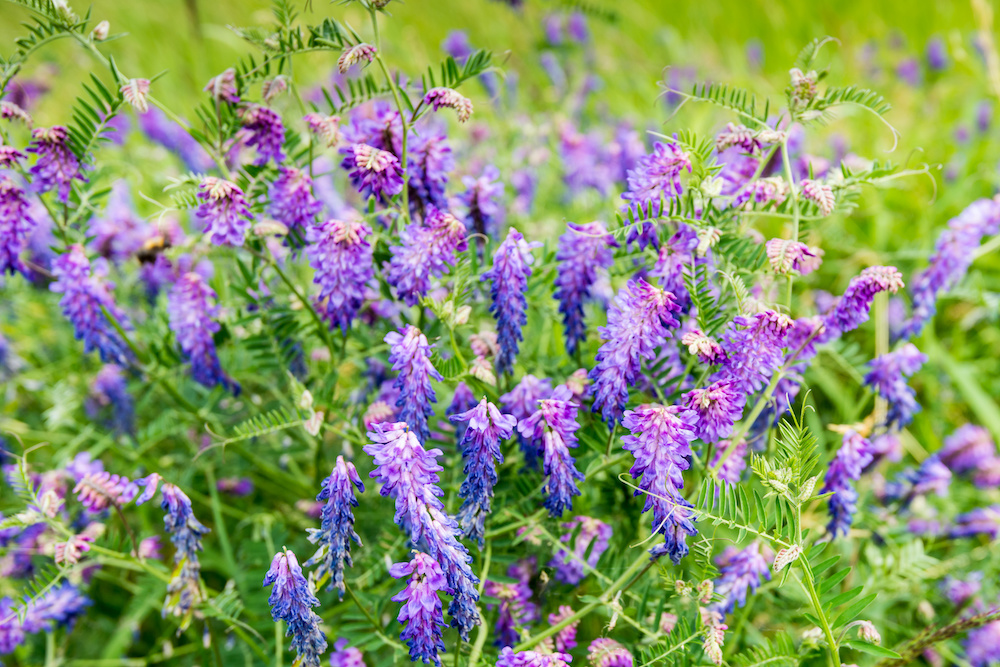
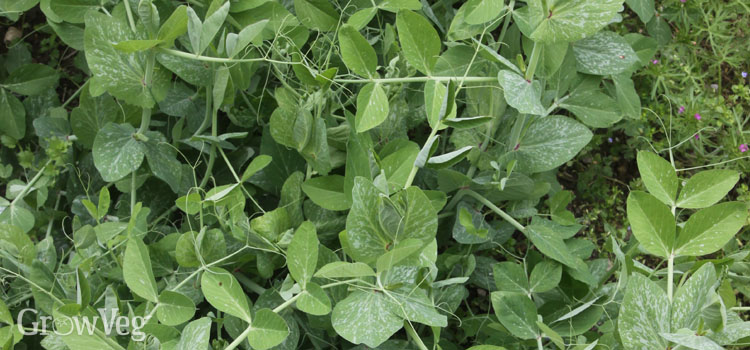

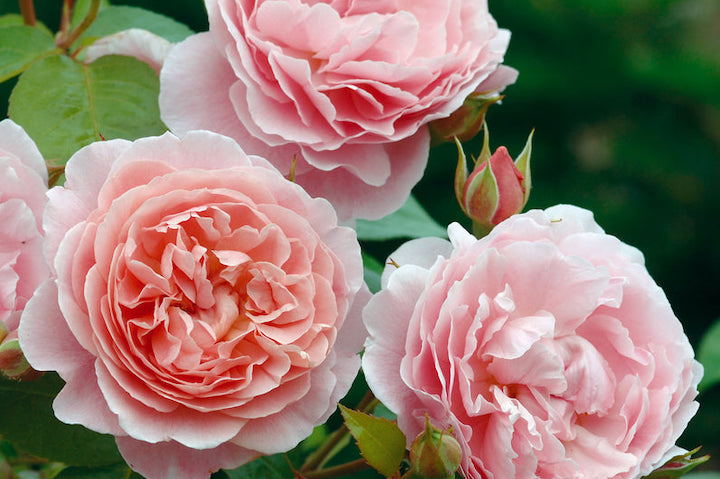

 Care Guides
Care Guides David Austin Roses
David Austin Roses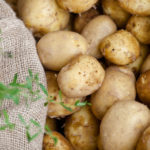 Plant Lists
Plant Lists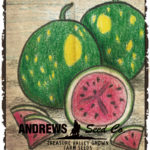 Bulk Seed List
Bulk Seed List